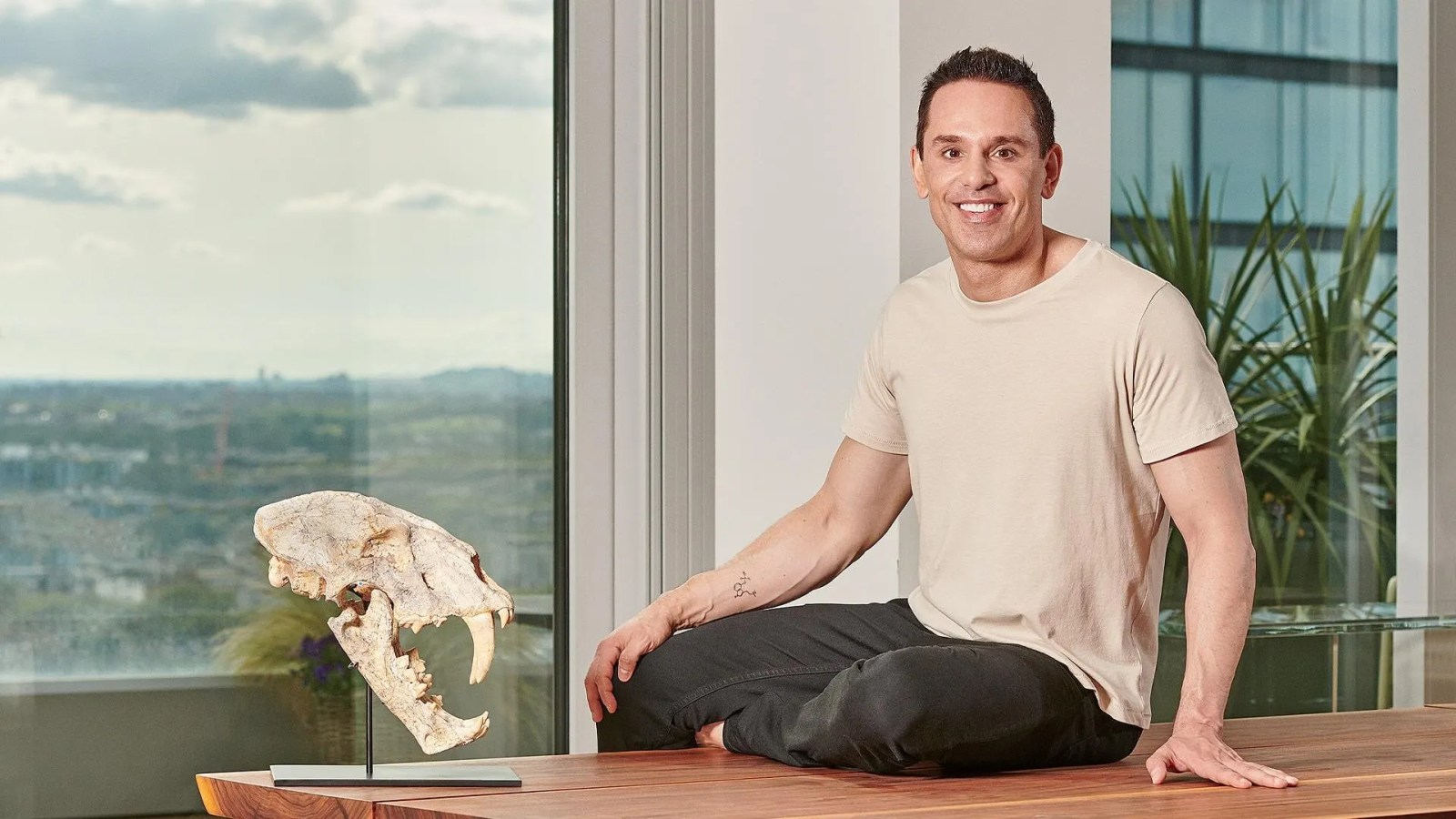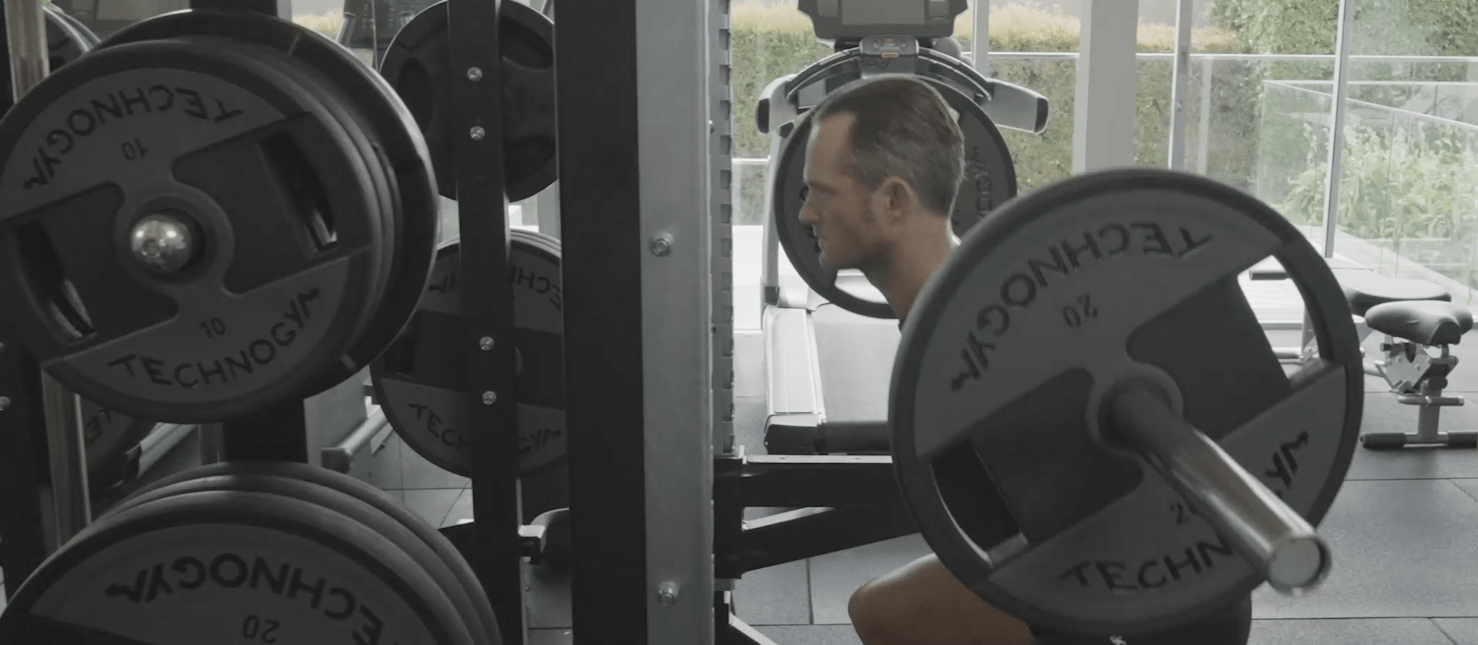Vively has raised $1.6 million and partnered with Bupa to bring continuous glucose monitors to the masses. For founder Tim Veron, it’s personal.
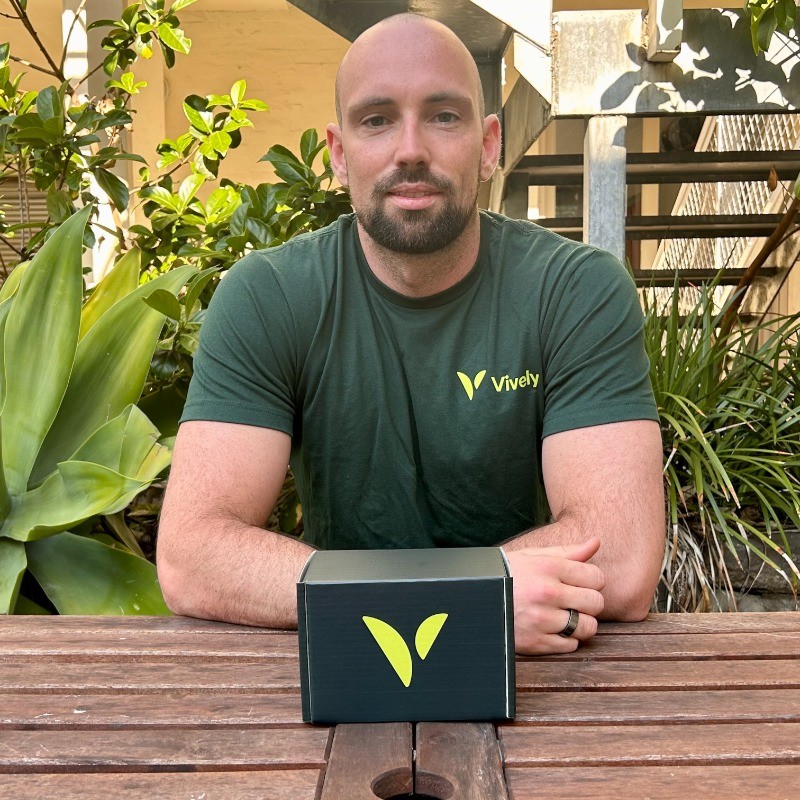
Key Takeaways
- Vively announces it has raised $1.6 million in seed funding, led by Archangel Ventures with participation from Bupa Ventures and others.
- Vively has partnered with Bupa’s health insurance arm to bring the cost of a continuous glucose monitors (CGM) with the Vively app and dietician coaching down to $99.
- Previously, CGMs were hard to get without a doctor’s prescription to treat diabetes.
- A study in Nature of 2,217 people ranging from healthy to diabetic showed that the majority lost weight and improved blood glucose while wearing a CGM with a health-coach app.
Tim Veron was a busy guy, running businesses while running, swimming and cycling six days a week for Olympic-distance triathlons. He was a healthy weight and eating what he thought was a healthy diet.
So it came as a shock to learn from his local GP that he was pre-diabetic; that his blood sugars were staying too high, the first symptom in what has come to be known as “metabolic syndrome”.
Being a data kind of guy, Veron dived in and learned that metabolic syndrome was a cluster of conditions including high blood pressure, elevated blood sugar, excess abdominal fat, and abnormal cholesterol or triglyceride levels. It increased the risk of heart disease, stroke, kidney disease, dementia, some cancers and type 2 diabetes, among others.
With a family history of type-two diabetes, heart disease, obesity and Alzheimer’s, Veron was goaded into action. “Frankly, my GP didn’t give me any helpful advice,” Veron tells Forbes Australia. “It was on me to go and figure it out. I’ve been building digital health companies, investing in digital health companies [with Right Click Capital and Natural Health Pages] for a while now.”
Over the course of six months, I reversed my pre-diabetes. Pre-diabetes and diabetes are reversible conditions.
Tim Veron, Vively co-founder and CEO
Veron saw that one-third of all Americans and 30% of Australians are thought to have metabolic syndrome, and a third of them are not overweight. And it’s not confined to the West. About a quarter of urban Indians and Chinese also suffer it, as the influence of modern foods takes its toll.
He wondered how he could apply technology to the problem.
But before he could contemplate solving it for billions, he had to solve it for one. “I ended up spending a lot of money on dietitians. I saw a naturopath. I had a microbiome test. I had specialised blood tests, but then I came across a continuous glucose monitor. I’d heard about them, because all the big health influencers like [longevity doctor] Peter Attia and [neuroscientist Andrew] Huberman were starting to talk about them. [Investor and lifestyle guru] Tim Ferriss, who I follow, tried one a decade ago and had really good results and I was like, ‘I’ll give this a go’.”
A continuous glucose monitor [CGM] is a wearable device in which a fine filament is injected below the surface of the skin to measure sugar in the fluid just beneath the surface, relaying the data in real time to a phone.
“I ended up learning so much about my body and about my health. I used to love my oat milk latte on the way to work. But it turns out it was sending my blood sugar levels sky high, up to about 10 millimoles, which is like a diabetic response.
“I saw that it would come crashing back down in the late morning and that’s when I would get an energy slump. I’d go out and buy a lunch that would make me feel good – high-carb food like sushi, burgers or sandwiches. That would send my sugars sky high again, so I had this rollercoaster throughout the day.
“That would affect my sleep. I was working out every day, so I thought I was being healthy. Turns out, there was a whole bunch of other factors at play. So, I made some changes to my diet and to my lifestyle off the back of using a few continuous glucose monitors [they last for two weeks each] and doing a lot of research, listening to a lot of podcasts, talking to health professionals.
“Over the course of six months, I reversed my pre-diabetes. Pre-diabetes and diabetes are reversible conditions.”
“Before Vively existed in Australia it was very difficult to get your hands on a CGM. We’ve just democratised access to continuous glucose monitoring.”
Vively co-founder and CEO Tim Veron
Such a statement would have been controversial until recently, but the studies have started to go the way of low-carbohydrate adherents. In 2021, Diabetes Australia became the first such national organisation in the world to recognise the science that remission of type-2 diabetes was possible.
Veron didn’t need telling. “I was feeling more energy throughout the day, sleeping better. I’d completely reduced my risk of long-term diabetes, and I had all this information to empower me, but when I reflected on the whole experience over the course of a year, I’d spent way too much time and money on it.
“It was just not a good experience. If you weren’t as determined as I was, you wouldn’t do it. So that’s when I was like, ‘Well, I’m going to make glucose monitoring and metabolic health much more accessible.’ That’s what led us to starting Vively.”
The gap that Veron saw was that CGMs have been designed for insulin dependent diabetics, not for people like himself who wanted to avoid disease, or those who wanted to lose weight.
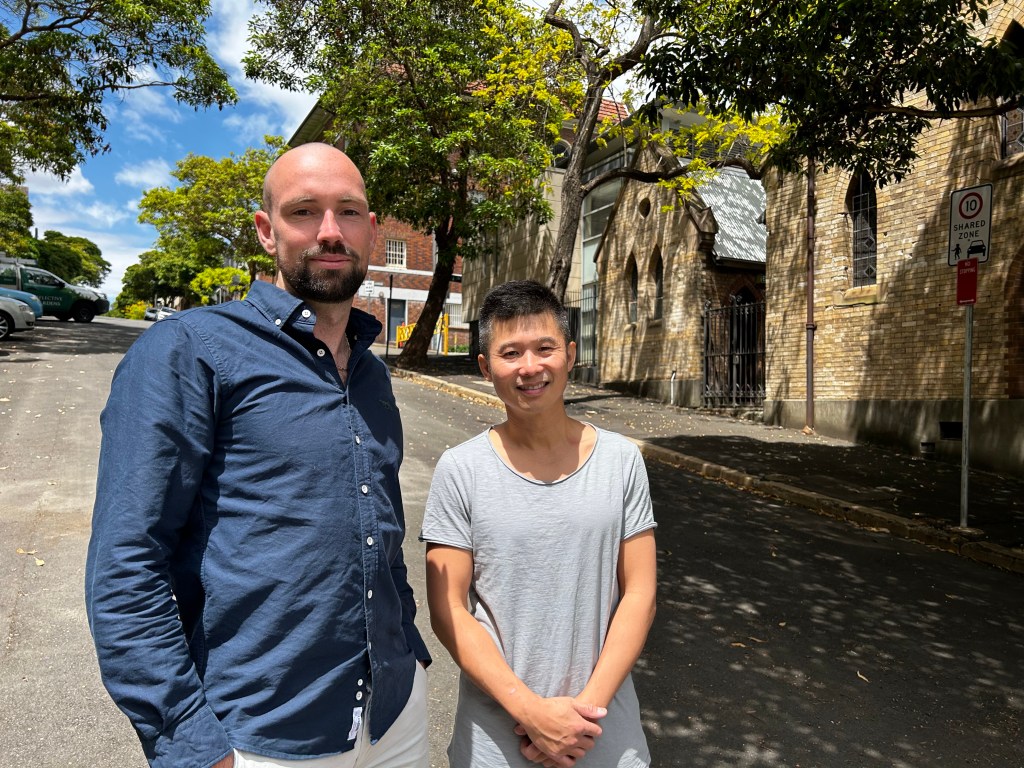
With colleague from Right Click Capital Michael Pang [also a co-founder of Hipages], Veron set out to build a metabolic health platform that used the blood-glucose data from an Abbott Freestyle Libra CGM as its core, combined with food intake, plus sleep, exercise and stress data extracted from the major wearable devices like Apple Watch, Garmin, and Google’s Fitbit.
“We also make it easy for you to share your data with your healthcare provider, because that’s one of the things I struggled with when I used the CGM,” says Veron.
In December 2022, they raised $1.5 million in an oversubscribed pre-seed round led by Archangel Ventures with “a couple of high-net-wealth and family-office type investors”.
Veron says it’s never been hard to sell the idea to investors. “The way we position it is that this is one of the biggest problems in healthcare. There are over a billion people with metabolic dysfunction around the world and actually metabolic dysfunction is what underpins most forms of preventable chronic disease.”
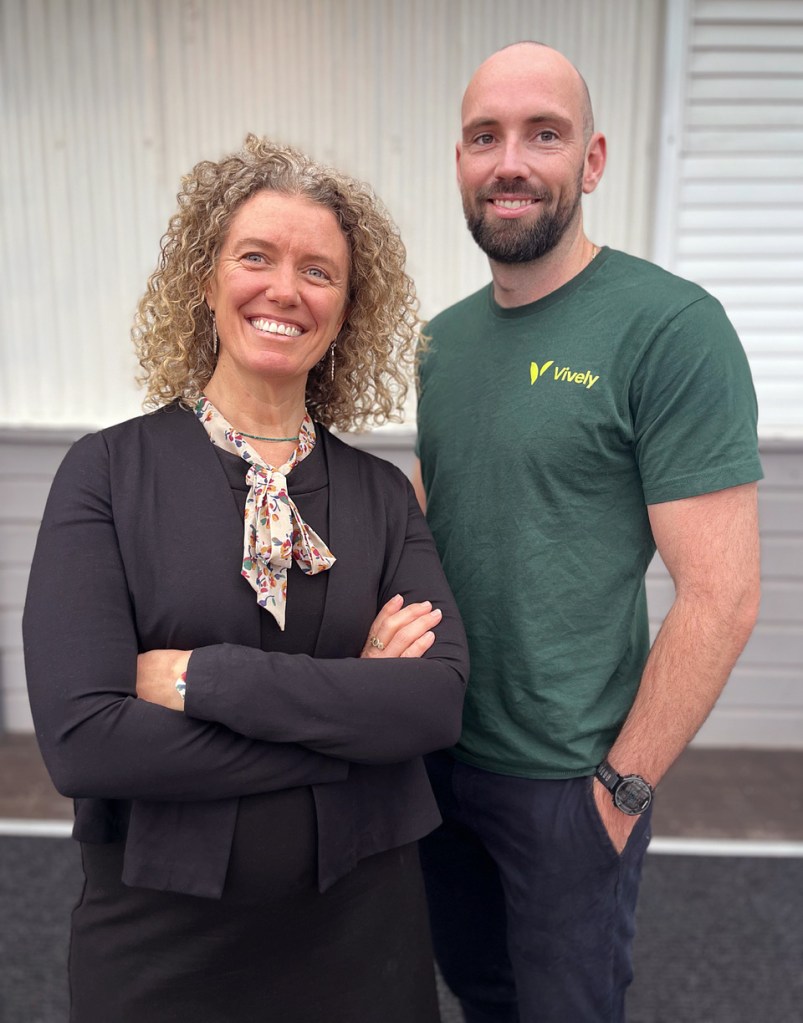
He says the Bupa product team agreed. “We have been running some experiments with them internally to hundreds of customers and from the data that they’ve analyzed, they’re very, very excited about the potential for what CGM and these digital metabolic health programs offer for their members, because type-2 diabetes, obesity, metabolic dysfunction are some of the biggest costs that health insurers face.”
In earlier studies of Vively customers, people with HbA1C – a measure of average blood glucose over time – above 6.5, reduced it by 17% over three months.
A Bupa spokesperson said people who have a good metabolic health had lower a risk of diseases like diabetes and cardiovascular disease and pointed towards Stanford University research in collaboration with January AI in which 2,217 people from across a spectrum of health states were studied for 12 weeks.
The study, published in Nature, found that all lost weight, but the heaviest group lost the most, an average of more than 2kg, and that all participants improved blood sugar levels, including the people who were in the healthy range to begin with.
“Data from the Australian government has suggested every dollar invested in preventive health saves an estimated $14.30 in healthcare and other costs,” the spokesperson said in an email. “Up to 38% of the burden of disease could be prevented by reducing risk factors such as being overweight and obesity, physical inactivity, smoking and alcohol and other drug use. This suggests investment in preventative health makes good wellbeing and good financial sense.”
Bupa Asia Pacific chief customer and transformation officer Danielle Handley said strategic investments in early stage start was important for advancing healthcare. “Despite our scale as an international health and care organisation, we know we cannot develop the future of healthcare on our own. That’s why we are excited to be able to leverage the creativity and agility of the start-up community while offering them working access to Bupa teams and resources with the ambition of piloting their offerings into our customer base,” Handley said in a statement.
People power
Vively has now expanded into New Zealand and is testing in the UK with plans to go to the US. It has 20,000 customers and Veron says they’re doing $3 million in annual revenue with 100% year-on-year growth.
The $1.6 million capital raise is to fund the overseas expansion and build out the AI coaching part of the platform, he said.
“Before Vively existed in Australia it was very difficult to get your hands on a CGM. We’ve just democratised access to continuous glucose monitoring, and our growth is reflected in the search volume and interest online. There’s a huge growing interest in it and I guess we’ve just made the access and accessibility much easier for the general population.
“We’re running pilots at the moment with Bupa to hundreds and thousands of members, but the ultimate plan is to roll this out to hundreds of thousands if not millions of members. Metabolic dysfunction and poor metabolic health affects two-thirds of the population. There are a lot of people with prediabetes that aren’t even aware that they have it. So this needs to scale.”
As for Veron, he missed out on tickets to compete at the Noosa triathlon this year so is giving the mixed endurance race, Hyrox, a go. “For me, though, my biggest focus is keeping my HbA1c levels below 5.7% and just focusing on that. That forces me to think about everything: sleep, nutrition, exercise, and stress management.”
And he’s ditched oat milk lattes for black coffee.
